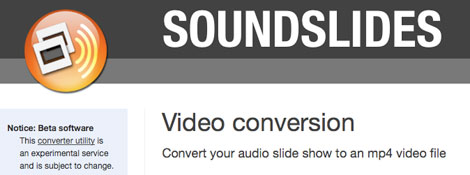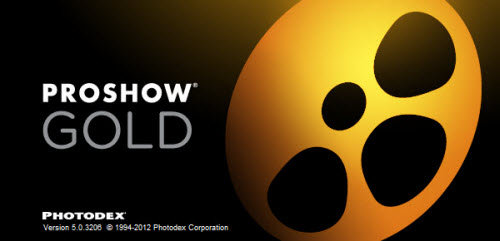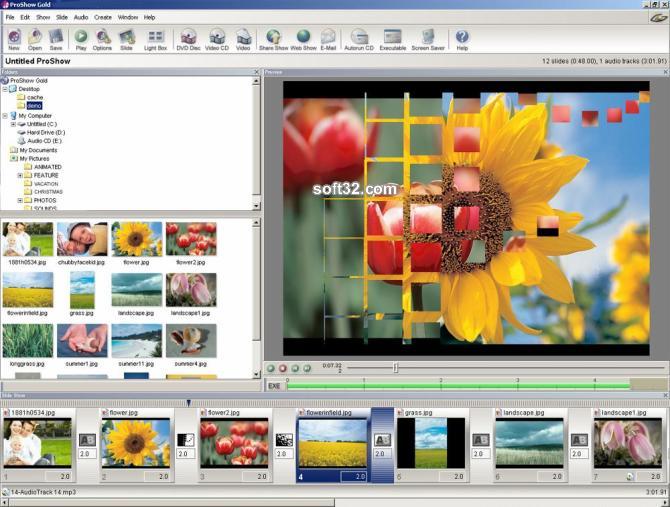 |
| Nikon D4, 28-300mm, ISO 100, ƒ/5.6, 1/800, Off camera fill-flash using the Nikon SB-900 and SB800. The Flash is on the Pocketwizard TT5 and being triggered by the Mini TT1 on the Camera with the AC3 to control the output of the flash. Flash is +2 EV and the camera is 0 EV. |
I took the past week off for a family cruise of the Caribbean on the Royal Caribbean Freedom of the Seas with my parents, sisters and all of our families. There were fourteen of us each evening at the evening meal.
I realized from watching so many folks traveling with cameras and from my own experiences I think you need a basic checklist of what you should bring for your vacation trip.
I am going to address two types of camera kits that you might want to use for your next vacation. The two kits are the Point and shoot camera and the DSLR.
 |
| Nikon P7000, ISO 1600, ƒ/3.2, 1/160 |
Point and Shoot Camera kit
First let me just list what should be included in your carryon bags for this kit.
• Camera
• 2 Batteries
• Battery Charger
• 2 Memory cards
• Lens cloth which can double for your gray card
• Bag or a plan for carrying what you need
The camera is obvious, but many people travel with just one battery. I recommend always having at least one spare battery always charged with you. At the end of each day, I recommend going ahead and charging the battery you used that day and if necessary your backup if you used it. Too many people miss opportunities due to dead battery on the trip of their lifetime.
Today I would recommend carrying large capacity cards. Check with your camera manual and get the largest capacity possible. Today many of these cameras will take a 64-gig card. Sometimes it may make more sense for the price to buy a few 16-gig cards than one 64-gig card. If you take enough memory cards you can eliminate the need of carrying a computer or something like a portable hard drive designed to download memory cards.
Carrying a gray cloth that is designed to clean your lens can help you keep that lens clean and help for white balancing when you need to do so. Please remember to check your lens each day periodically. Fingerprint on the lens will deteriorate the quality of the images.
 |
| Nikon P7000, ISO 100, ƒ/3.5, 1/1250 |
Which point and shoot should you buy if you don’t have one?
I recommend getting something with a decent zoom on it so you can get those images of things far away. I think most people will be able to find a camera in the $200 – $500 range that gives you a great deal of flexibility that can fit in you pocket.
Here are a few models that I would consider:
 |
| Canon PowerShot SX280 HS |
• Canon PowerShot SX280 HS – It has a 20X zoom, which is equivalent to the DSLR 25 – 500mm. It is a 12.1 megapixel CMOS sensor. ISO 80-6400
• Nikon Coolpix L610 – It has a 14X zoom which is equivalent to the DSLR 25-350mm. It is a 16-megapixel CMOS sensor. ISO 125-3200
• LUMIX ZS25: Compact Long Zoom Camera – It has a 20X zoom, which is equivalent to the DSLR 24 – 480mm. It is a 16-megapixel CMOS sensor. ISO 100-6400
There is another Point and Shoot camera model in between the small pocket camera and the larger DSLR. I call these Bridge Cameras. They are cameras with incredible zooms that make them a little larger and look like their big brother the DSLR, except you cannot change the lens. However, with the zoom on these who would ever need another lens.
Here are just three Bridge Cameras you should seriously consider before sinking lots of cash into a DSLR.
 |
| Nikon Coolpix P520 |
• Nikon Coolpix P520 – It has a 42X zoom, which is equivalent to the DSLR 24-1000mm. It is an 18.1 megapixel CMOS sensor. ISO 80-3200 [H2 pushed to ISO 12,800]
• Canon PowerShot SX50 HS – It has a 50X zoom, which is equivalent to the DSLR 24-1200mm. It is a 12.1 megapixel CMOS sensor. ISO 80-6400
• LUMIX LZ30: Long Zoom DSLR Alternative Bridge Camera – It has a 35X zoom, which is equivalent to the DSLR 25 – 875mm. It is a 16.1 megapixel CMOS sensor. ISO 100-6400
 |
| Nikon D4, 28-300mm, ISO 250, ƒ/8, 1/500 |
DSLR Camera Kit
Plan to carry this on with you for security reasons.
• Camera
• Off camera flash
• Zoom or fixed lenses to cover 24 – 300mm recommended
• 2 Batteries
• Battery Charger
• 2 Memory cards
• Lens cloth which can double for your gray card
• Bag or a plan for carrying what you need
The basic difference for the hobbyist and the professional is the need for backup on everything for the pro. My comments for each are the same as before with the Point and Shoot cameras.
Plan for the plane’s you will fly. If you have one of those really small jets or propeller plans you can only put a very small bag on board with you. If you are carrying a lot of gear I recommend suing the ThinkTank roller bags and check them at the door of the gate. They will give them back to you as you get off the plane. It is a little safer than checking the bag where it can get lost.
If flying internationally you really do need to watch the weight. This is where a camera vest can pay off because you can put gear in it and it doesn’t count as baggage. Cargo paints will work great for a lens or two.
 |
| My two sisters gave me a surprise kiss during our family photos. Nikon D4, 28-300mm, ISO 12,800 ƒ/8, 1/30 with Nikon SB900 on camera with 0 EV compensation and slow-sync. |
Here is a family photo that I setup and asked a person to push the button for us.
 |
| Nikon D4, 28-300mm, ISO 12,800, ƒ/8, 1/125 with SB900 direct flash for fill on slow-sync. |































































